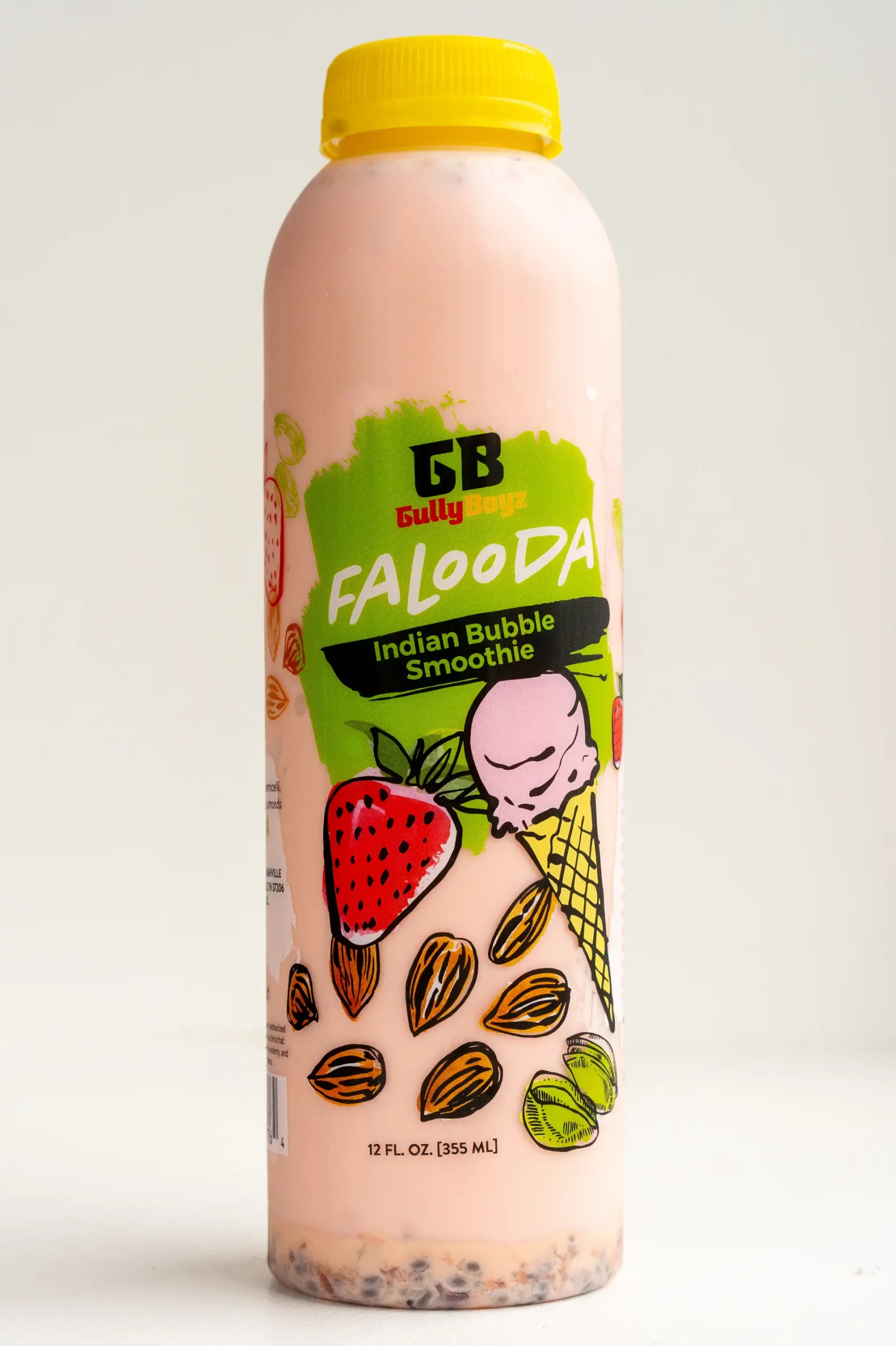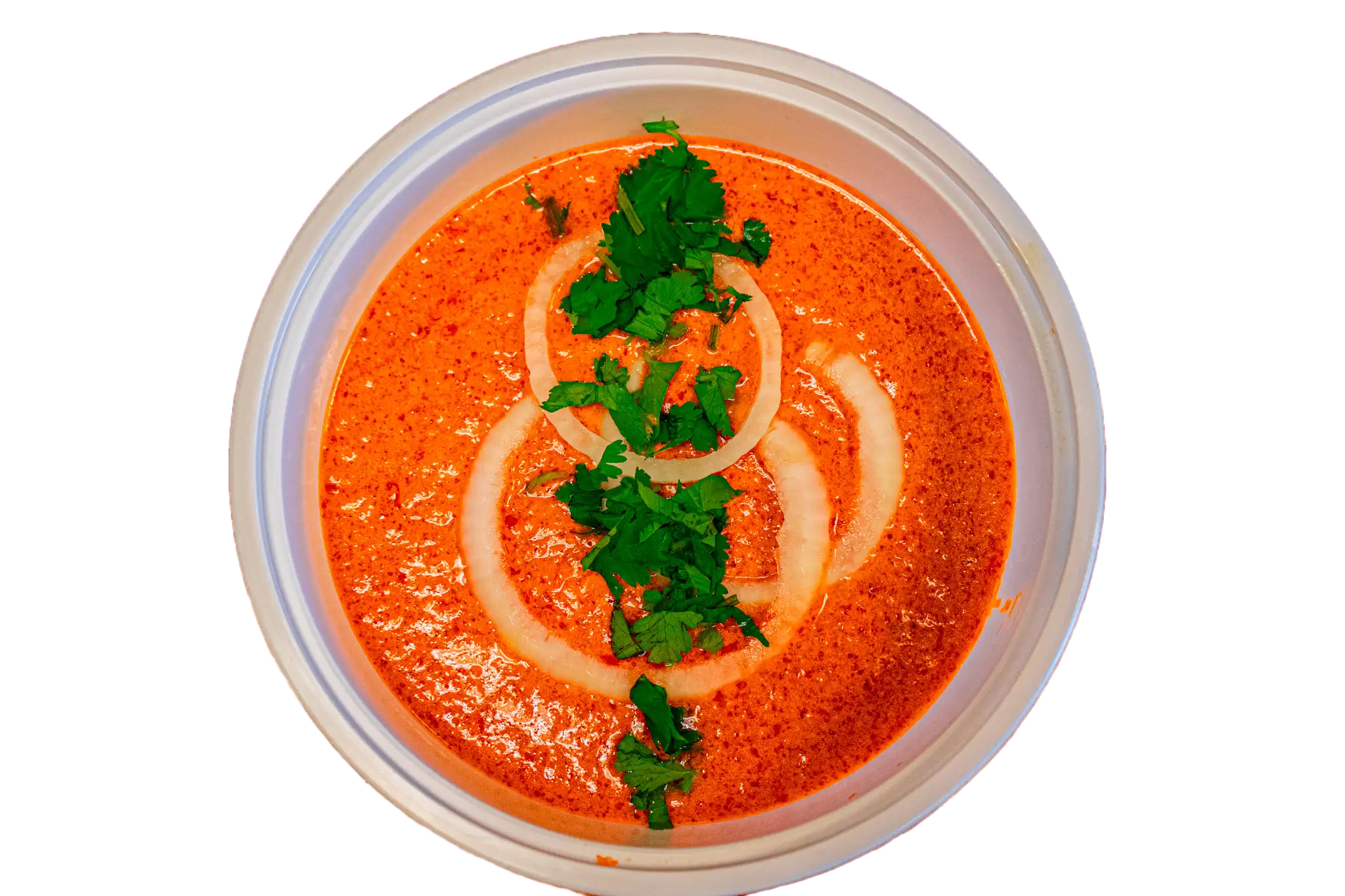Falooda is a traditional dessert beverage that originated in Persia (modern-day Iran) and was introduced to the Indian subcontinent during the Mughal period. The name “falooda” is believed to have been derived from the Persian word “Fālūdaj,” which refers to a cold Persian dessert made with vermicelli and rose water.
Historically, falooda was a favorite among Persian royalty, and its popularity spread to the Mughal courts in India during the reign of the Mughal emperors. Over time, the recipe evolved and adapted to incorporate local flavors and ingredients, especially in regions of present-day India and Pakistan.
The traditional ingredients of falooda include vermicelli noodles, rose syrup or rose water, basil seeds (sabja), milk, and ice cream. It is often garnished with chopped nuts like pistachios and almonds.
Today, falooda is a beloved dessert beverage in many South Asian countries, including India, Pakistan, Bangladesh, and Sri Lanka. It has further evolved and diversified, with variations in flavors, toppings, and presentations, reflecting the cultural and regional influences of the respective countries.
Mango lassi is a popular Indian beverage made with mangoes, yogurt, sugar, and sometimes flavored with spices like cardamom. Its origin can be traced back to the Indian subcontinent, specifically to India.
Mangoes are native to South Asia, and India is one of the largest producers and consumers of mangoes in the world. Lassi, on the other hand, is a traditional yogurt-based drink that has been a part of Indian cuisine for centuries.
The fusion of mangoes and lassi likely occurred in India, where mangoes are abundant during the summer season. The natural sweetness and flavor of mangoes, combined with the creamy and tangy yogurt in lassi, create a refreshing and delightful drink that’s especially popular during the hot summer months.
Over time, mango lassi has gained popularity not only in India but also internationally, becoming a beloved beverage in many parts of the world with a growing appreciation for Indian cuisine.
Nimbu paani, also known as lemonade, has its origins in India. “Nimbu” means lemon in Hindi, and “paani” means water, so the name literally translates to lemon water.
Lemonade has been a popular and refreshing drink in India for centuries, primarily due to the abundance of lemons in the region. The origins of nimbu paani can be traced back to traditional Indian Ayurvedic practices, where lemon was valued for its health benefits and refreshing properties.
The recipe typically involves mixing fresh lemon juice, water, sugar or other sweeteners, and sometimes additional flavorings like mint or spices. The drink is commonly enjoyed to cool down and quench thirst, especially during hot and humid weather in India.
Over time, variations of nimbu paani have emerged, incorporating different spices, herbs, and flavors based on regional preferences and availability of ingredients. It has also gained popularity beyond India and is now enjoyed in various forms and recipes worldwide.
Rose sherbet, also known as “gulab sherbet” or “gulab sharbat,” has its origins in the Middle East and South Asia, particularly in countries like Iran, India, and Pakistan. The word “gulab” in Urdu and Persian refers to “rose,” which is a key ingredient in this beverage.
The tradition of using roses and rose flavors in culinary and beverage preparations dates back centuries in these regions. Roses have been cultivated for their fragrance, culinary uses, and medicinal properties for a long time. The process of making rose sherbet involves extracting the essence and flavor from roses, often combined with sugar or honey to create a sweet and aromatic syrup.
In Iran, for example, rosewater and rose petals have been used in various traditional recipes for centuries. The use of roses in food and beverages is deeply ingrained in the culture, and rose sherbet is a refreshing and popular drink, especially during hot weather.
In South Asia, particularly in India and Pakistan, rose sherbet is a traditional beverage enjoyed during festivals, special occasions, or as a cooling drink during the scorching summer months. It’s made by combining rose syrup or rosewater with water, and sometimes additional flavors like cardamom or saffron are added for extra taste and aroma.
Overall, the use of roses and the creation of rose sherbet have historical and cultural roots in the Middle East and South Asia, where roses have been valued for their delightful fragrance and versatile culinary applications for centuries.



